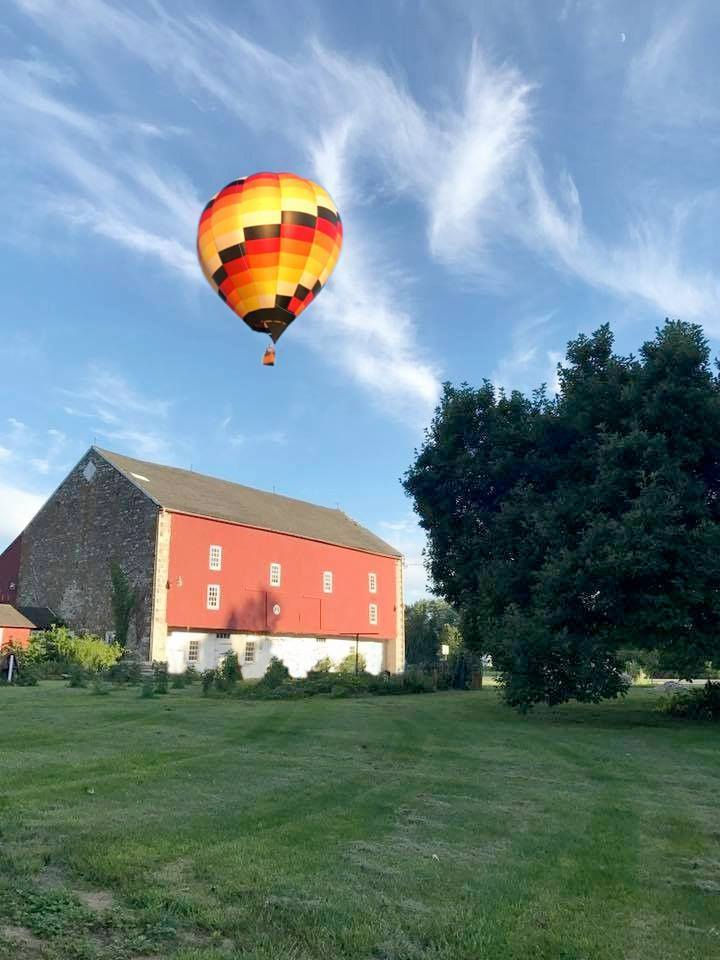British Rifle Sighting Telescope Sight Nexus - SUIT to SUSAT
- artiozen
- Nov 28, 2020
- 4 min read
Updated: Feb 5, 2024
As British Military collectibles seem to be attracting a following and premium values, here is a little more information on the "other" British optical sighting units that are interesting and sometimes practical - this also closes some gaps in the family line up (Nexus).
SUIT - Sight Unit, Infantry Trilux. The Trilux part of this was a trade name for Tritium illumination - which was applied to the translucent aiming reticle (a pointer). The vial of Tritium was housed in a knob over the central axis of the glass pointer and rotating revealed more or less of the light source to illuminate it for low light use. This was a great advantage for sight picture contrast in the most popular lighting conditions and time so the day to fight and hunt (dawn and dusk). Unfortunately much like Radium the tritium has a radiation half life and signature - so sights that are surplused have the tubes and the typically the whole knob assembly removed for sale and export. Sometimes the empty knobs can be sourced and new dayglow chemical illumination tubes re-installed (in a rainbow of colors) - the tubes were originally captive in hi-tech Plaster of Paris which is easily removed and replaced. In the aftermarket (as seen in this example) a replacement knob with a battery powered LED can be installed - typically in red. The front of the body has two round indentations - these were for the radiation symbol and the date of illumination for stores tracking. Oh! - about that reticle - in this device it points down..." the finger of god" - this was actually a good way to provide improved target acquisition and tracking (despite the big floppy easily detachable eye cup - at least the front shade was robustly built as part of the body casting) - especially if a "leveling down" aiming style is used - however it feels strange to the first time user.
The sight itself is also a compact and robust little unit - a prismatic design keeps optical clarity and light gathering high, while allowing for a short overall length - these units rarely fail or fog - even when run over by a Land Rover.. The mounting system though while innovative was dire - secured to the flimsy SLR top cover by spring pressure acting on a cantilever arm - the rear pads were actually a cam which allowed 2 elevation settings to be selected for range (via the lever on the right side), the front contact was a vee pin in a vee groove - the former of which is the head of a screw that gave elevation adjustment. For the mounting system alone the common mis-acronym by users was "Shooter Undoubtedly / Usually In Trouble".
The SUIT sight was a general issue option to all fighting units and saw service around the world - especially in Northern Ireland and The Falklands. It was not a designated marksman item but was highly controlled and registered optical device - so its use was limited (under research). Other than the mounting systems ability to hold a very loose and general zero, it would provide a decree of visibility and aimability in low light. Here is a montage of the pages from the MOD SUIT manual:
These sight units went on for service with the Israeli Defense forces who developed a carry handle bracket to install on their M16s to better effect than the SLR package.
Post war build and rebuild of small arms sights saw the standardization of phosphate finishes topped with Suncorite - which has radar defeating ingredients. The rebuild process also added Nitrogen fills and the fill screw on each scope was painted red - so were other screws that were off limit to prying "crunchies".
SUSAT - Sight Unit Small Arms Trilux - The son of SUIT! For the British Military replacement program for the SLR - the SA80 was a departure from norms and learning - the sight system for it though was a commonsense advancement of SUIT learning. The sight was still short and offers 4X magnification - it still has Tritium illumination activated via knob on the right side (vial still removed at surplusing and export). The reticle is still a transparent pointer but now rises up form the bottom of the sight picture - huzzah!
All adjustments are built into the mounting plate - a rotating disk at the back for elevation - calibrated for the NATO 5.56mm ammunition. The windage adjustment are via hex head nut assemblies at the front and compatible to the cleaning kit multi-tool.. The rail mount itself is robust, but is to a unique British standard similar to a Picatinny / 19mm rail. The rail also has an alignment dowel that is retractable via side lever and can even be raised and turned and locked clear of the channel to interchange with different systems. The eye cup is simple and difficult to dislodge and similar robust front shade / housing casting prevails. To sweeten the deal the MoD also added a secondary iron sight system to the top of the unit with a cast front blade and moveable rear aperture. - take that ACOG!







































































Comments